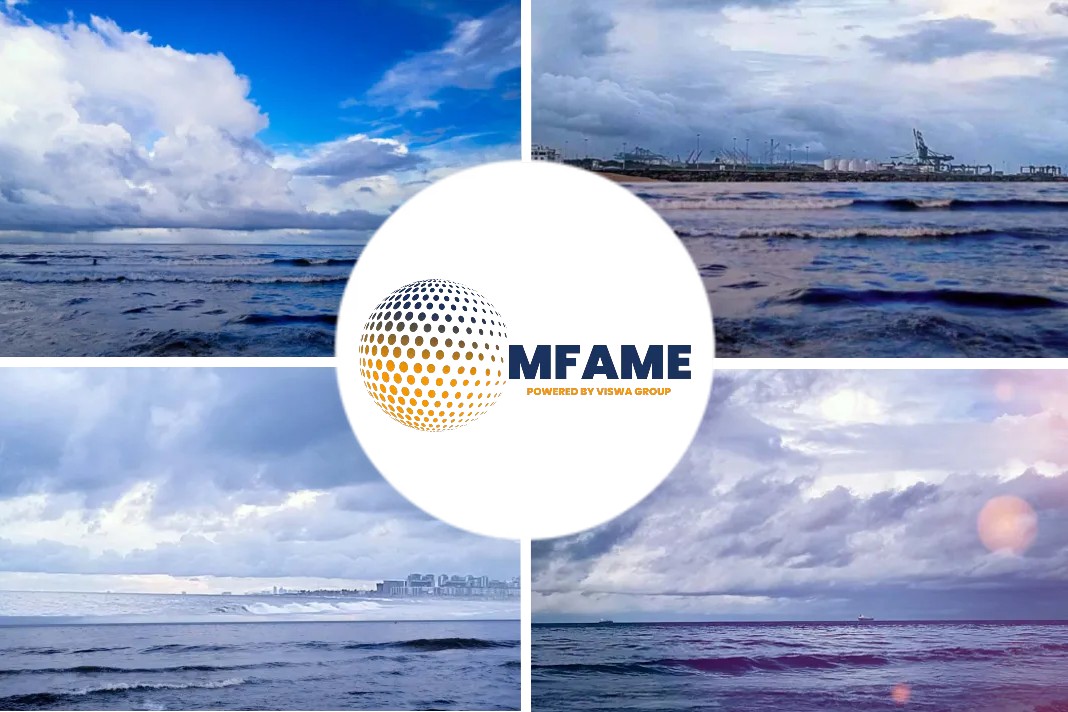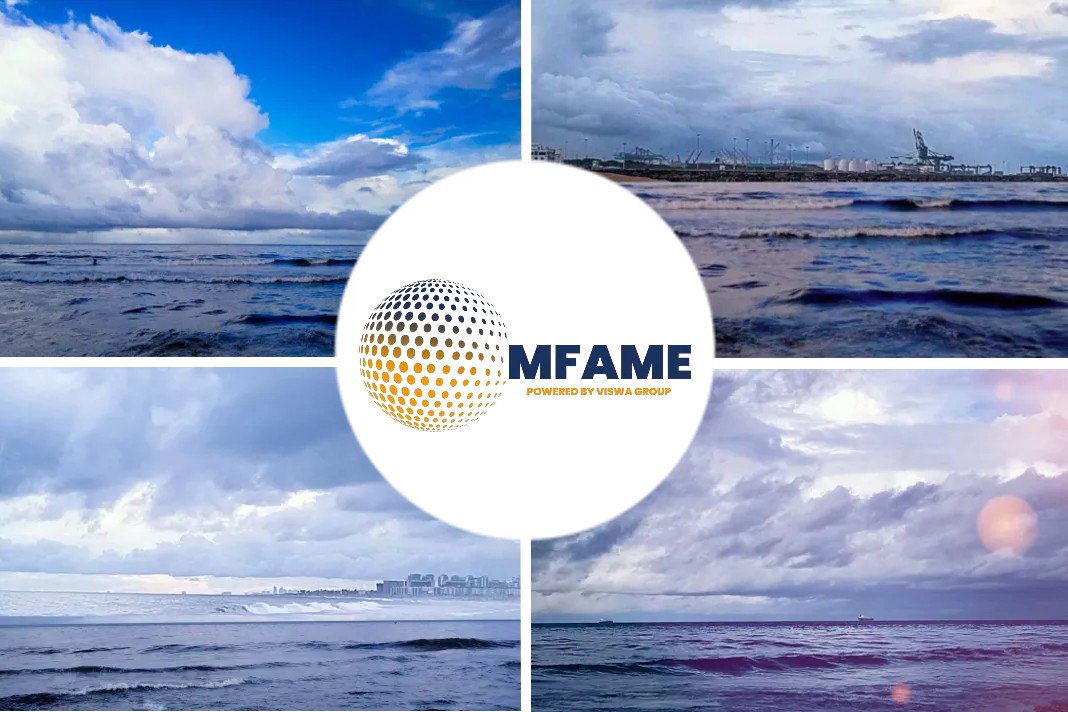CE Deflt study reveals that open-loop scrubbers have a small impact on water quality, in comparison to future EU standards for priority substances in the water, says an article published in Ship&Bunker.
CE Deflt’s open-loop scrubber study
CE Deflt launched its study about open-loop scrubbers, addressing the issue of their impact within port areas, stating that they have a small impact on water quality, in comparison to future EU standards for priority substances in the water.
Priority substances
Priority substances are defined as those presenting the most significant risk to or via the aquatic environment.
Why is the study significant?
The study is particularly important as part of the ongoing scrubber debate until now research has focused mainly on the use of scrubbers within open waters, rather than the relatively closed water systems of ports.
The study was commissioned by Cruise Lines International Association (CLIA) Europe, with the cruise sector historically one of the headline adopters of the technology.
Open-loop scrubber ban
Recent concerns over the possibility of contaminants from washwater building up within port areas over time, both in terms of impact on water quality and sediments, have come alongside high-profile bans of open-loop scrubbers within the local waters of Singapore and Fujairah.
In light of the increased concerns around the risks arising from washwater discharges, the report focuses on the long-term impacts of EGCS discharges on concentrations of eleven metals and sixteen Polycyclic Aromatic Hydrocarbons (PAHs) in the water and sediment.
Continuous discharge of EGCS washwater
Accordingly, the study revealed that the rise in concentrations caused by continuous discharge of a relatively high amount of EGCS washwater is less than 0.1% of the limit value.
Yet, ports having low hydrodynamic exchange, and especially for a few Polycyclic Aromatic Hydrocarbons, the increase in concentration can increase to 0.6% of the limit value.
A comparison of the increase in concentration in the sediment, assuming zero background concentrations, with different national standards shows that the increase is below 0.5% of any standard.
How was the study carried out?
To conduct the study, CE Delft used an extensive dataset with almost 300 scrubber washwater samples.
Calculation
MAMPEC-BW model was used to calculate concentration levels in ports, which is widely used for other regulatory matters such as the approval of ballast water management systems and antifouling agents.
A number of specific steps and procedures were implemented, consisting of two main areas;
- the calculation of predicted equilibrium water and five year sediment concentrations;
- the evaluation of these concentrations against water and sediment environmental standards and other contributors.
Impact on equilibrium concentration
The study modelled the impact on equilibrium concentrations of 11 metals and 16 Polycyclic Aromatic Hydrocarbons (PAHs) in the water, which are the main contaminants of concern and compared these with European water standards that are applicable from 2021 onwards.
Reference Scenario
The study used a reference scenario of 40 tonnes/day of fuel being consumed by ships at berth operating open-loop scrubbers, said to be equivalent to 28 small bulk carriers, 6 large container ships or two medium-sized cruise ships at berth for everyday of the year.
What did the study conclude?
The study resulted to the fact that equilibrium concentrations of metals and PAHs in the water and the five-year sediment concentrations depend predominantly on the hydrodynamic exchange of the port water with the surrounding waters.
This means that a port with a wider port entrance will result to lower concentrations, in comparison to an enclosed port with a narrower port entrance. In the meantime, a non enclosed port river, which has an unstoppable water exchange, will lead to lower concentrations than an enclosed port with a wide port entrance.
Moreover, comparing the modelled equilibrium concentrations of metals and PAHs in the water with the European standards, which will come into force by 2021, the rise in concentrations is less than 0.1% of the limit value.
In addition, the study reveals that assuming a zero concentration, by the substances discharged by open loop scrubbers in ports, for the Standard OECD-EU Commercial Harbour the increase in sediment concentrations of metals and PAHs after five years is less than 0.3% of the referenced standards for dredged materials. However, in ports with low hydrodynamic exchange, the increase can be higher.
Study’s impact on Scrubber Debate
Advocates
One of the few unanswered questions of open-loop scrubber use has been their impact within the relatively closed water systems of port areas, particularly with respect to sediment.
This study addresses those concerns, and scrubber advocates will rightly view it as another solid piece of science that adds to a growing body of evidence indicating the use of scrubbers has a negligible impact on the marine environment.
Skeptics
The study seems unlikely to change the view of scrubber sceptics that will no doubt point to the fact that it was commissioned by those already heavily invested in the technology, and as such was unlikely to reach any other conclusion.
Singapore and Fujairah have also still not said publicly how they reached their decision to ban open-loop scrubbers within their waters, so it is impossible to say how this study could change their position.
The study will also do little to change the minds of those who believe EU water quality standards fall short of what they should be.
Neutrals
This is an important study as it answers one of the few outstanding questions for open-loop scrubber use. While it is unlikely to put either side of the argument ahead in the eye of the neutral, it ensures the technology’s fate is seen to remain in the hands of politicians rather than scientists.
IMO
How this will impact discussions at IMO remains to be seen, although CE Delft are the same group that conducted the original Fuel Availability Study that led to IMO’s decision to introduce the 0.50% sulfur cap from January 2020 in the first place, so the findings come from a source evidently well respected by IMO.
But with marine scrubbers having been in use for over 15 years, and the technology’s adoption level today in response to IMO2020 lower than was predicted in 2016, perhaps the bigger question is why it has taken until now for these issues to be fully considered.
Did you subscribe to our daily newsletter?
It’s Free! Click here to Subscribe!
Source: Ship&Bunker























